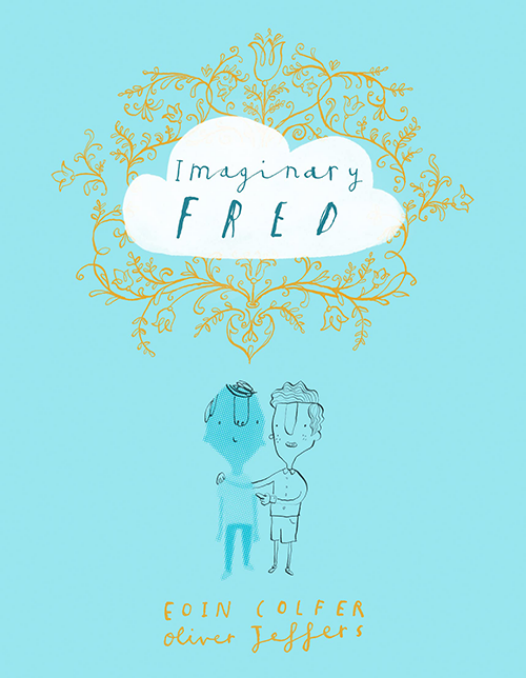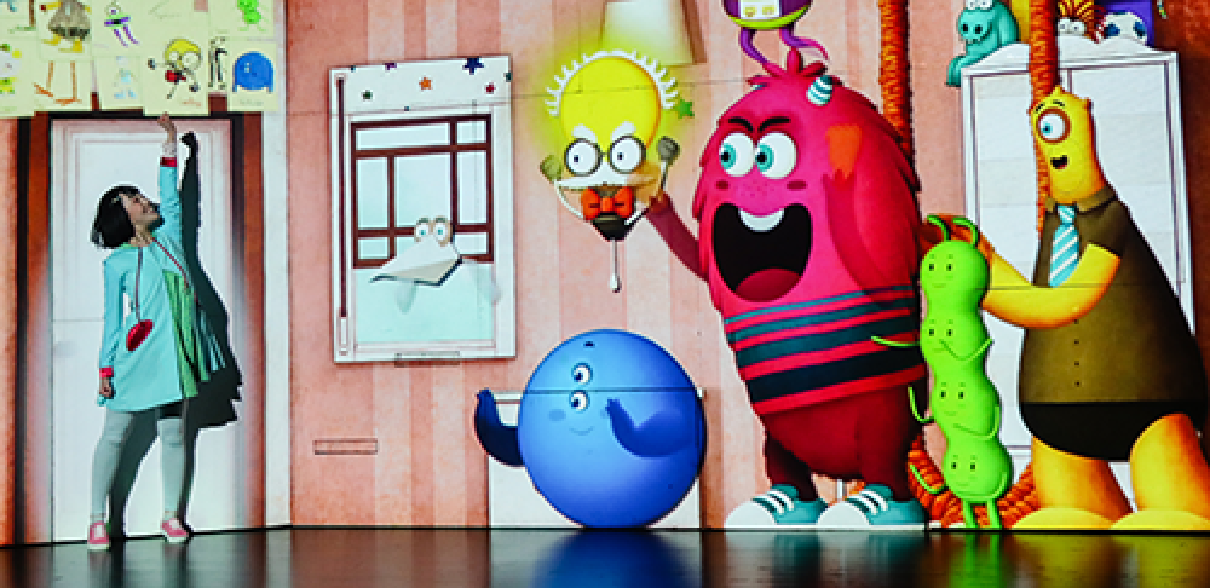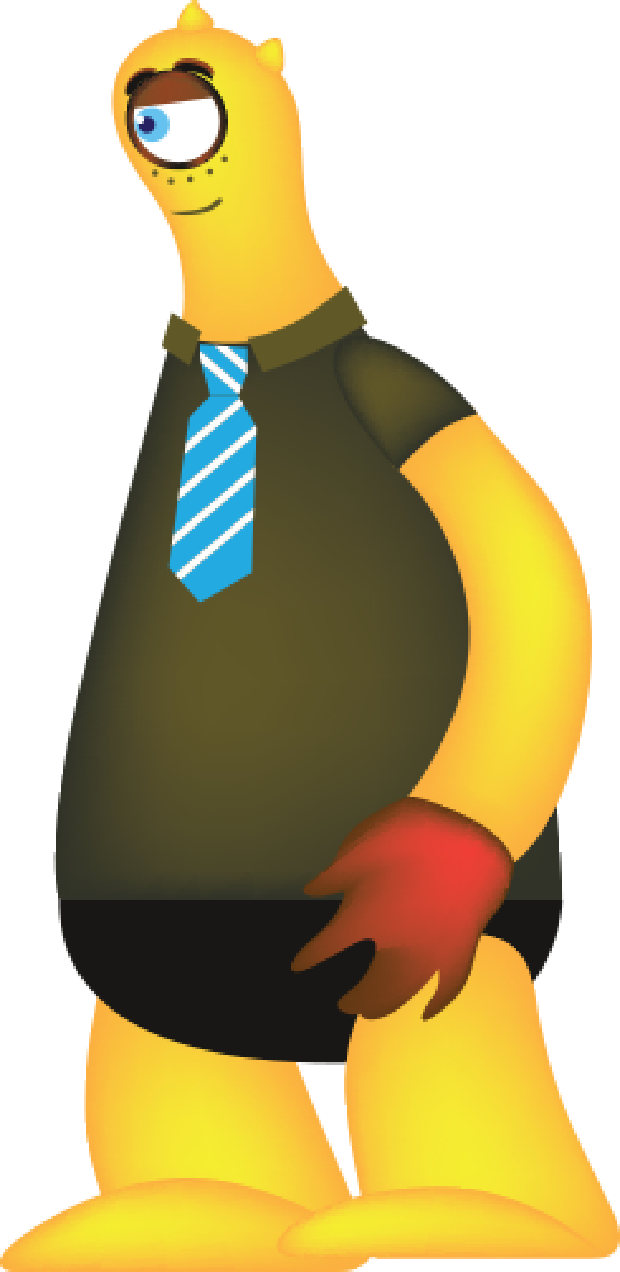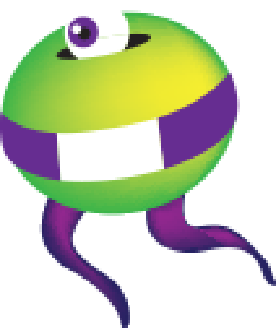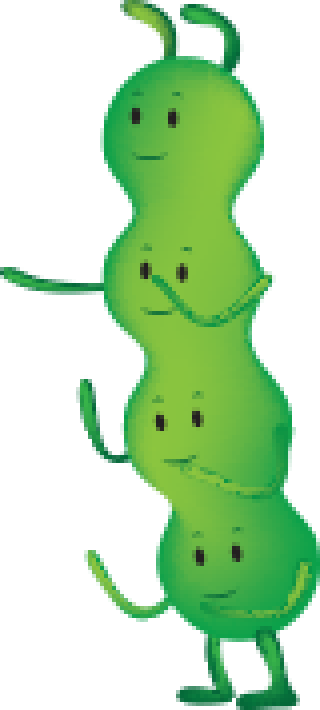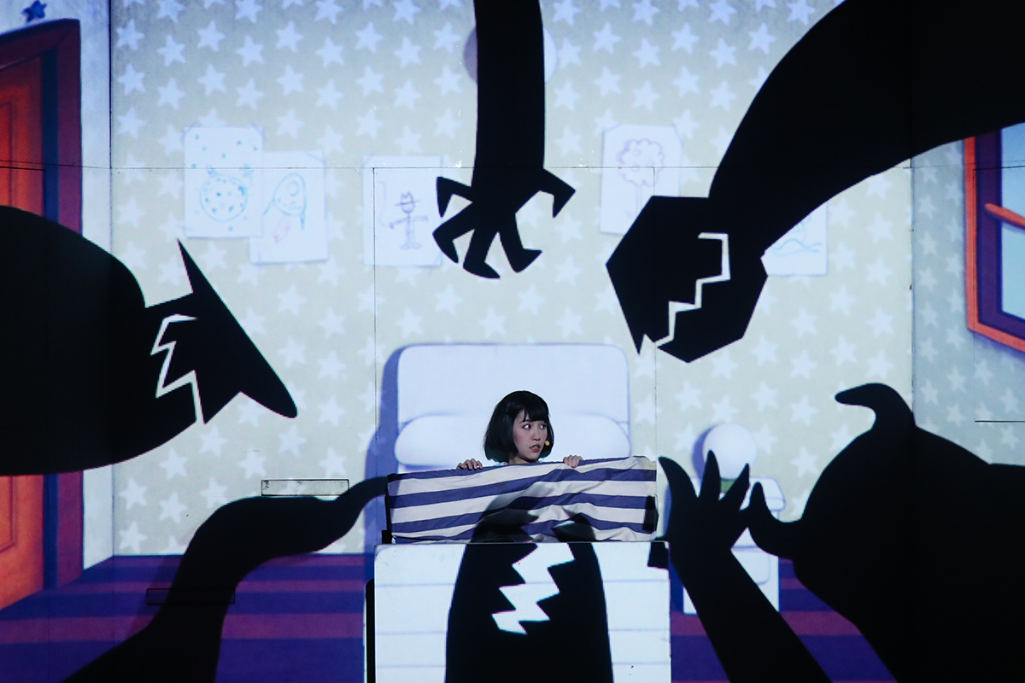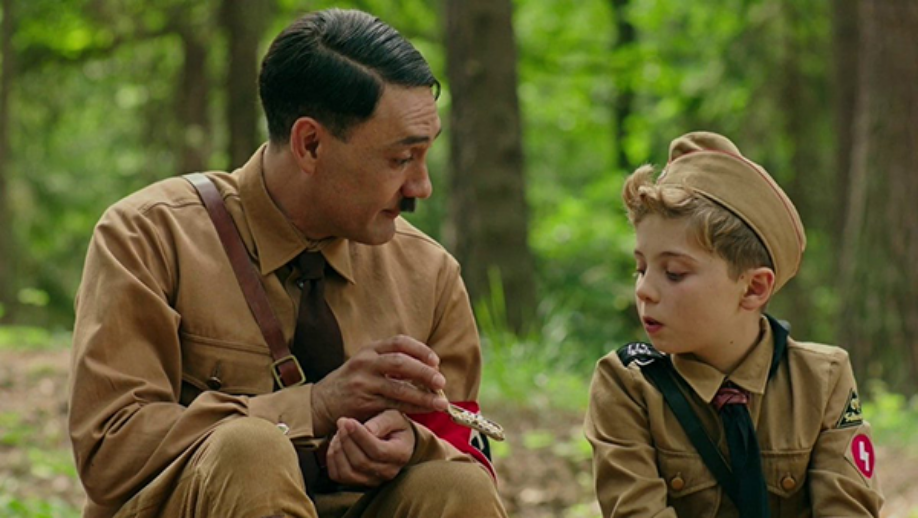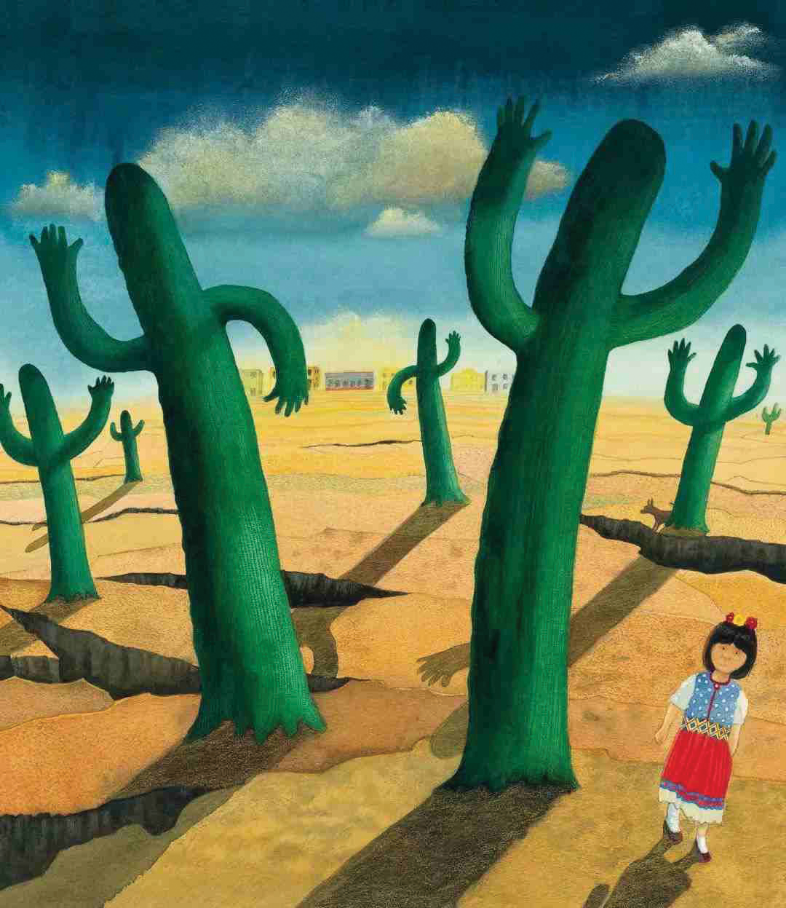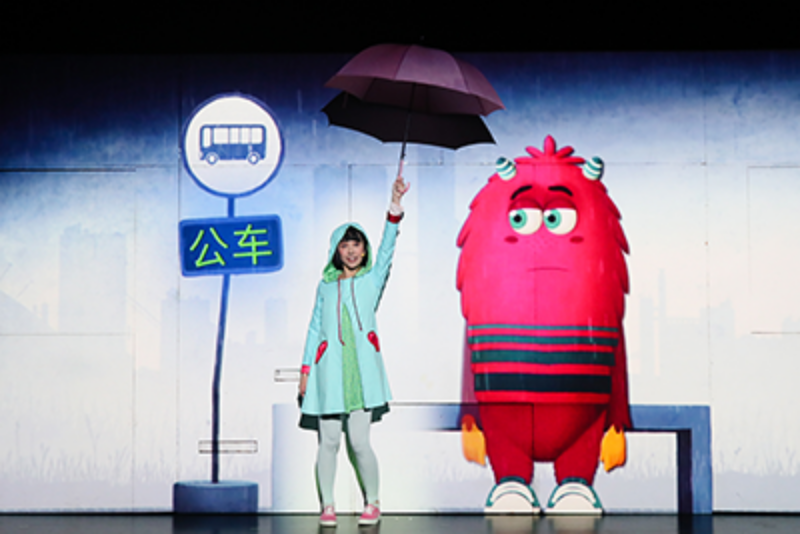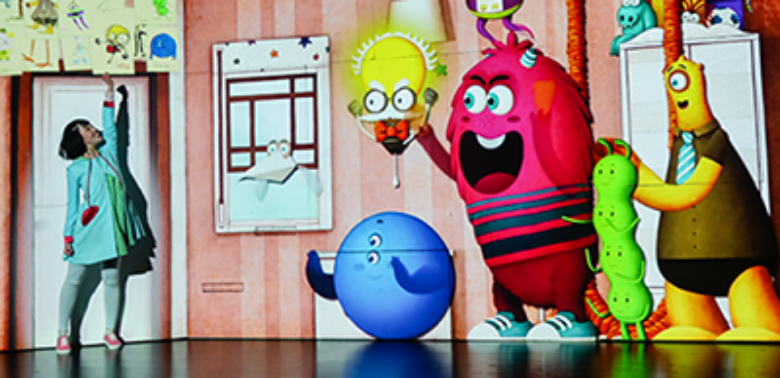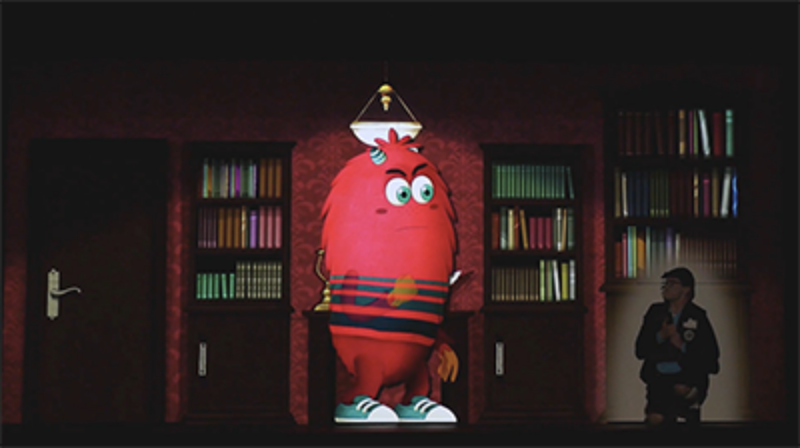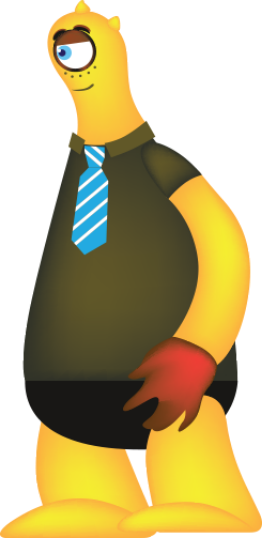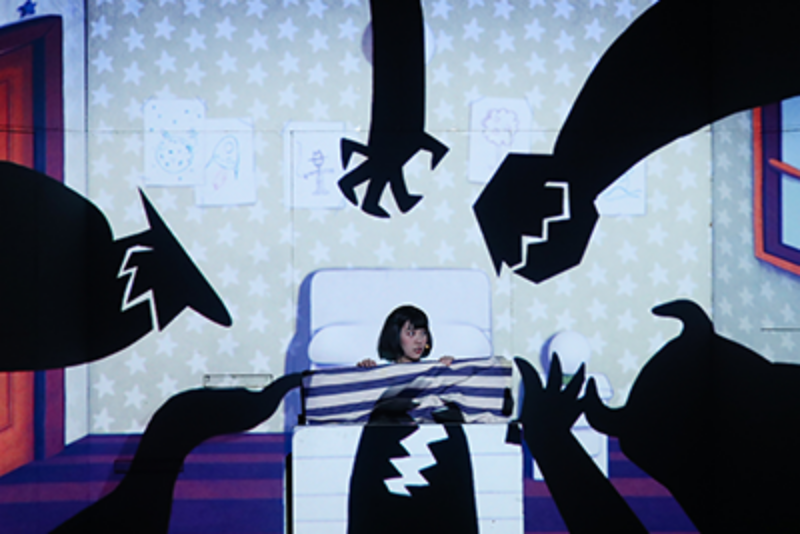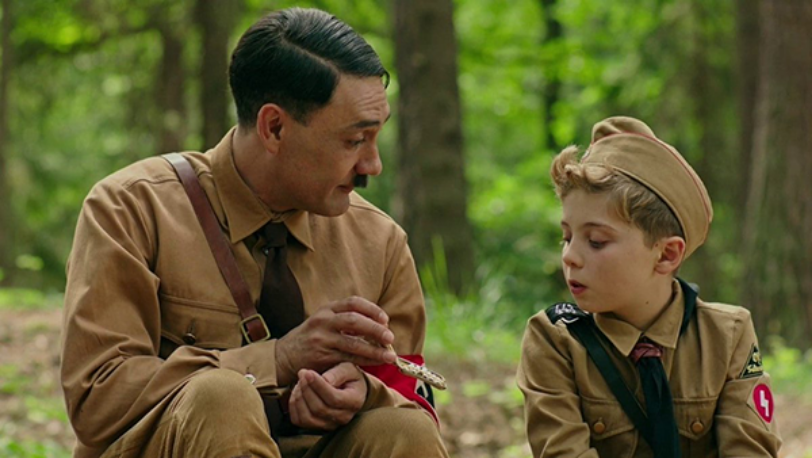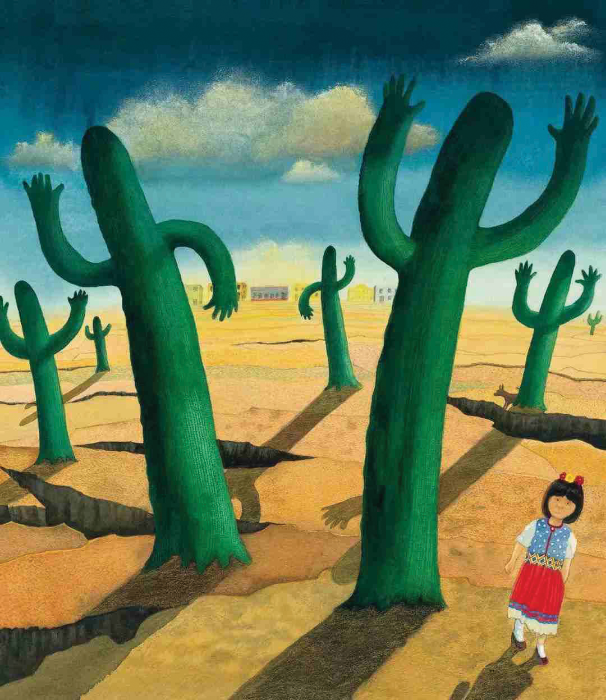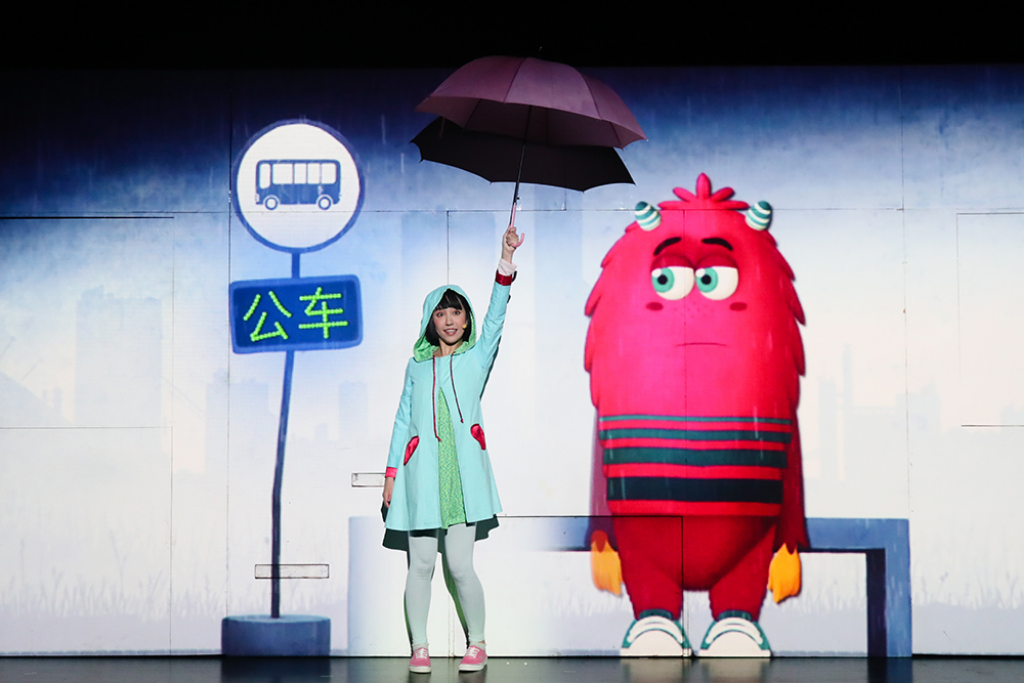
Invisibles is a children’s play for the whole family to be staged at CCM this Easter. Merging animation and theatre, it tells the story of Mia, a little girl who relies on imaginary friendships to overcome her fears. As strange as it may seem, there are many other kids who, like Mia, resort to invisible friends at an early age. Let’s find more about these mysterious childhood companions.
Invented friendships
After 2021’s rather pleasant stint with the magical production To the Moon, the Shanghai Children’s Art Theatre will be back in town with Invisibles, their latest collaboration with the Spanish company Voilá Producciones. This emotional and funny play tells young audiences how Mia, a little girl who is often frightened by all sorts of things, imagines Frida, her first invisible friend who suddenly showed up to help her facing fears.
Friends with a purpose
Imaginary companions are quite common at some point in childhood, and the reasons for their appearance
may vary, leaving some parents worried about their kids’ behaviour. However, far from a possible sign of
psychosis, it is unlikely that a child who imagined a friend will ever turn into some kind of delusional
Don Quixote, fighting non-existing enemies. Research conducted in the United Sates found that, by age
seven, nearly 40 percent of children had a pretend mate. Besides, having an imaginary friend does not mean
that a child lacks the skills to find a real one. In fact, these behaviours may help pave the path,
serving as a way to nurture future bonding, resolve possible conflicts or encourage sharing with others.
Given that the time for having imaginary friends usually ranges between early childhood and
pre-adolescence, being more common amongst children without siblings, by the time they joined primary
school, most kids will outgrow their invisible buddies. Although psychologists haven’t really found a
reason why some kids behave in such a manner, parents are assured it should not be a cause of concern.
While the “appearance” of a fictitious friend in a kid’s life is rarely a sign that the child is troubled,
it can however be used as a tool to cope with difficult times. Such is the case of Mia, the little girl
created for the play Invisibles, whose very first made up friend is called Frida.
Performing visibility
Perhaps the chosen name for this character in Invisibles is pure coincidence, but it turns out that the
beloved Mexican artist Frida Khalo also used to have her own imagined companion. Back in the days when she
was recovering from polio, young Khalo befriended a girl in white who not only kept her company during
those hard, lonely times, but later would also appear in her paintings. Inspired by Khalo’s diary, British
illustrator Anthony Browne published Little Frida, a picture-book filled with surrealist illustrations,
depicting the inner worlds of the six-year-old artist to be.
The book seems to concur with
research suggesting that girls are more likely to establish relationships with imaginary beings and that
kids who had such experiences grow up to be more creative adults. On the other hand, little girls
typically take on a nurturing, protective role with their invented companions, who often take the form of
babies, both human and animal. If we look at how little boys perceive their unseen friends
however, we will find that frequently they imagine more capable, stronger characters than themselves,
usually superheroes or beings with extraordinary powers.
There are plenty of other stories
depicting such phenomena. In 2015, well known children’s illustrator Oliver Jeffers teamed up with author
Eoin Colfer to create Imaginary Fred, a quirky and irresistible adventure claiming that, sometimes, all
that’s needed for an imaginary friend to show up is a little electricity, or luck, or even magic. But, as
we found out, there are many other ways, from theatrical plays to film productions.
Jojo Rabbit, a film released in 2019, is perhaps the most extreme onscreen example of an imagined relationship. In
this ground-breaking satire taking place during the Second World War, a little German kid finds out his
own mother is hiding a Jewish girl at home. Shocked and confused, Jojo seeks advice from an imaginary best
friend, a grown man known to the real world as Adolf Hitler.
Of course, most kids if any at
all, won’t be making friends with dictators or other kind of villains. These friendships are neither
problematic nor a sign of prodigious intelligence, but rather a symptom of a kid’s social development.
When dreaming up peers only them can see, children begin to understand that other people may have
different desires and behaviours of their own. Like in Mia’s case, an imaginary friend may even pop up
between childhood and adolescence, the so-called tween years. In fact, parents should know that kids with
imaginary friends may develop into better observers and listeners. So, if your child decides to bring home
any kind of imaginary being, just relax, make room for the extra company and join the fun of playing
along!
Anthony Browne - A Pequena Frida
